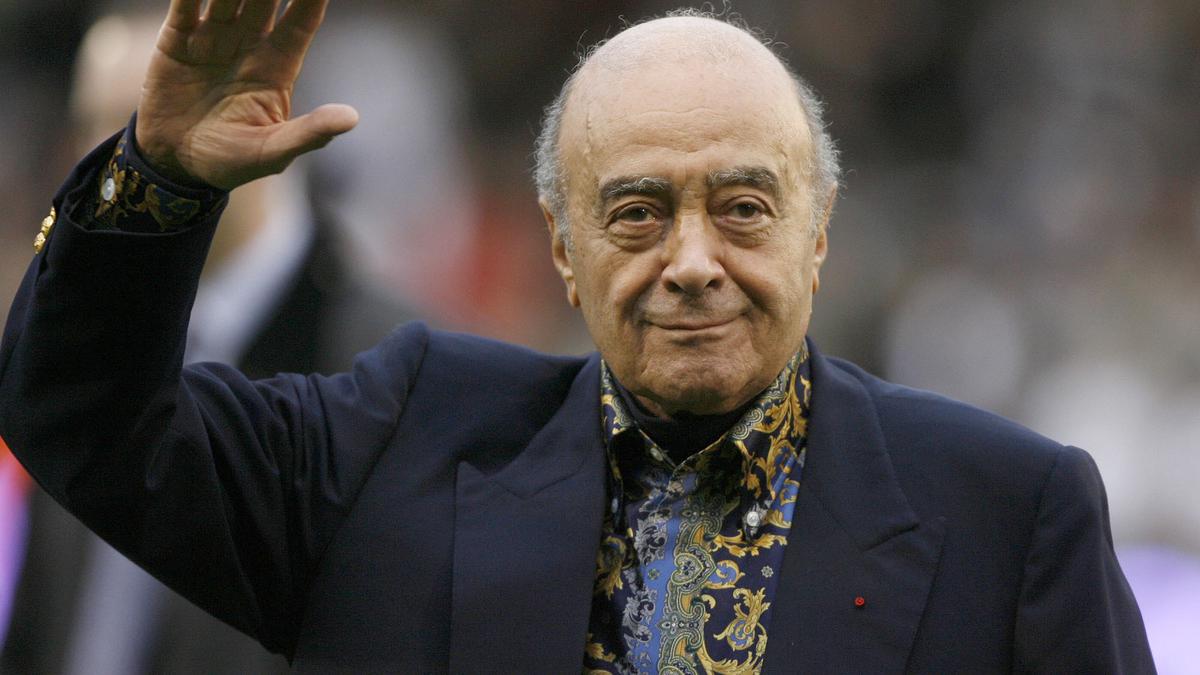Construction of the Coastal Road Project in Mumbai.
| Photo Credit: PTI
The Budget comes at a time when the government faces a delicate balancing act between expenditure priorities and the need for fiscal prudence as it is the last full Budget before the general elections. From a macroeconomic standpoint, two areas were of concern: the fiscal deficit target for 2023-24 (FY24) and the allocation for capital expenditure (capex). On both counts, the Budget has stuck to the trajectory of previous years.
There are five issues that need to be analysed in this Budget — three from a growth and fiscal stability perspective and two from a welfare perspective.
Growth perspective
The first is continuity in the path of fiscal consolidation, which the Finance Minister has stuck to. The fiscal deficit ratio is to come down from 6.4% in FY23 to 5.9% in FY24, which means we’re on the path towards a fiscal deficit target of 4.5% of GDP by 2025-26. Here, the Finance Minister is guided by the logic that the economy has recouped from the pandemic shock and is on the path of growth, which means there is no further need for continued affirmative action. The fiscal deficit target assumes that the economy is on a relatively strong footing, with another year of healthy tax collections.
Editorial | A raft of concessions amid consolidation
However, global headwinds will continue to weigh in. A third of the global economy is expected to slip into recession in calendar year 2023, as per the International Monetary Fund. This may affect manufacturing and other related sectors and impact revenue collections.
On the expenditure front, the Budget has stuck to spending commitments for infrastructure and flagship welfare and subsidy schemes. The fiscal deficit of ₹17.8 lakh crore will be financed using short-term borrowings and the National Social Security Fund. Given the tight liquidity condition of the banking system, this will not exert pressures on the flow of funds.
The second is the question of infrastructure and capex. The government believes that the best way to sustain India’s growth, create more jobs and boost consumption is through high-multiplier capex. The increase in capex to ₹10 lakh crore is substantial and will be 3.3% of GDP as against 2.7% last year. This is also supplemented by the ₹79,000 crore on affordable housing on the revenue expenditure side. The States can continue to avail of long-term, interest-free loans for their capex needs, but within selected broad sectors. As in earlier years, the Centre has been doing the heavy-lifting here and has been trying to pass the baton to the private sector, to ‘crowd in’ with their share. How much of it comes is crucial for medium-term growth prospects.
Third, on the revenue front, the government has kept its ambition for growth in direct taxes moderate for FY24, after buoyant tax receipts in FY23 and FY22. The Budget has provided direct tax sops for individuals and MSMEs. However, this may not translate into higher consumption as it is an indexation of the lower tax brackets with inflation, which has been high in the recent past. In terms of combating inflation, the Budget is silent on two potential possibilities: issues related to GST, which are outside its purview; and tinkering the excise rate on fuel. On the revenue side, numbers pertaining to disinvestment and non-tax revenue are interesting. The Budget is persevering ₹51,000 crore for disinvestment and the target for FY23 has been lowered only to ₹50,000 crore. This means that we can expect some big tickets in the next two months. Regarding non-tax revenues, dividends from the banking sector, including the Reserve Bank of India (RBI), have been placed at ₹48,000 crore, that is, the transfers from the RBI may be lower in the coming year.
Welfare perspective
Fourth, for the social sector, the push for providing last-mile connectivity is the broad approach. The Budget takes the route of empowering women through self-help groups, which are mostly in rural areas. Ambitious programmes have been spelt out for this and the co-operative sector. But expenditure on the social sector does not register a quantum jump, though there is an increase in absolute terms with some new initiatives towards skilling in both education and health.
Fifth, the Budget nudges transitions from the old tax regime to the new, from conventional to digital agriculture, from fossil fuels to hydrogen, from natural to laboratory diamonds. These need long-term commitments and clear transition paths.
The test of the Budget would be on two counts. First, there are signs of improved balance sheets of both companies and banks, as we have come out of the twin balance sheet problems. This should translate into an upturn in the private investment cycle to generate more jobs. But the constraint is demand, as reflected in capacity utilisation, which is still around 75%. Hence, capex needs to percolate down to higher disposable incomes and increase demand.
Second, though we aspire for a lot of transitions, there is one important transition to make. As noted in the Economic Survey, 16.4% of the population is multidimensionally poor and an additional 18.7% is classified as vulnerable to multidimensional poverty. We need to transition out these two groups. Ultimately, that is sabka vikaas.
M. Suresh Babu is Professor of Economics at IIT Madras and is currently Advisor to the Prime Minister’s Economic Advisory Council. Views are personal










